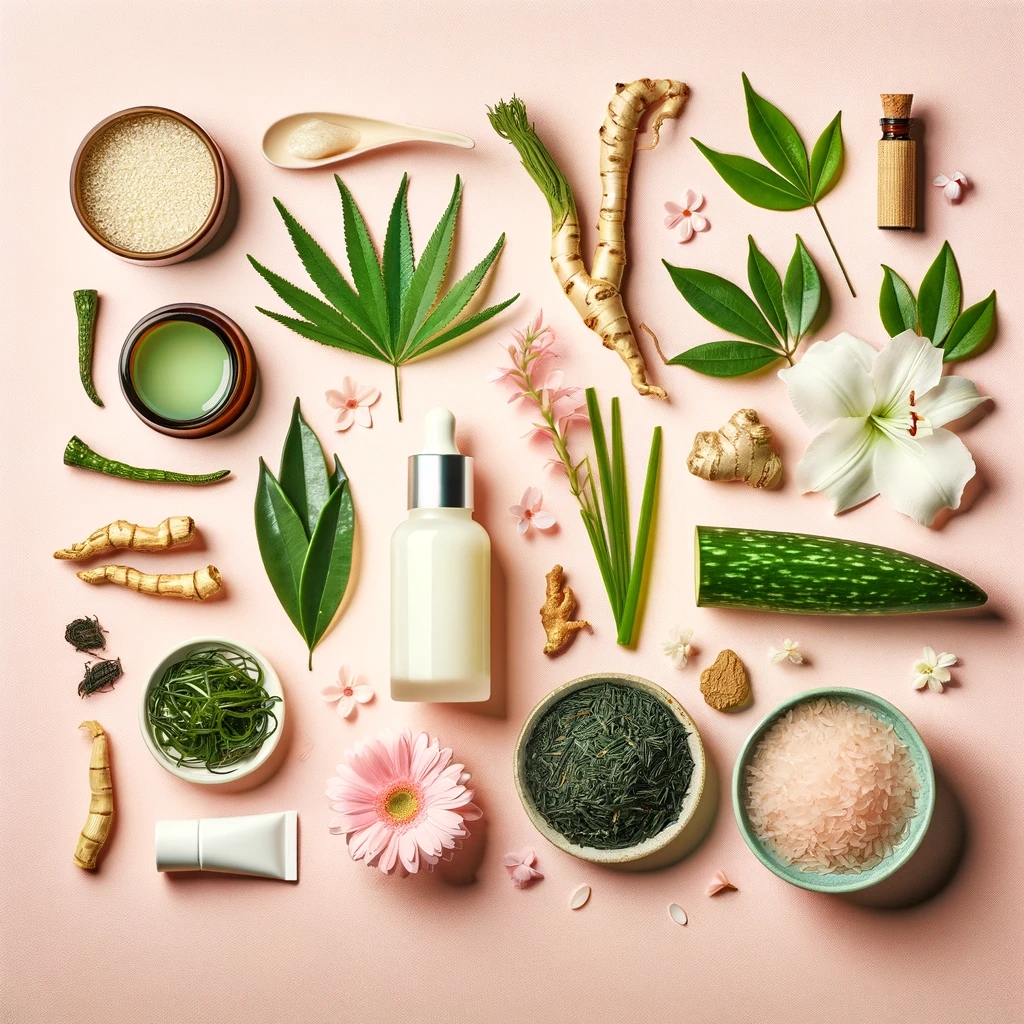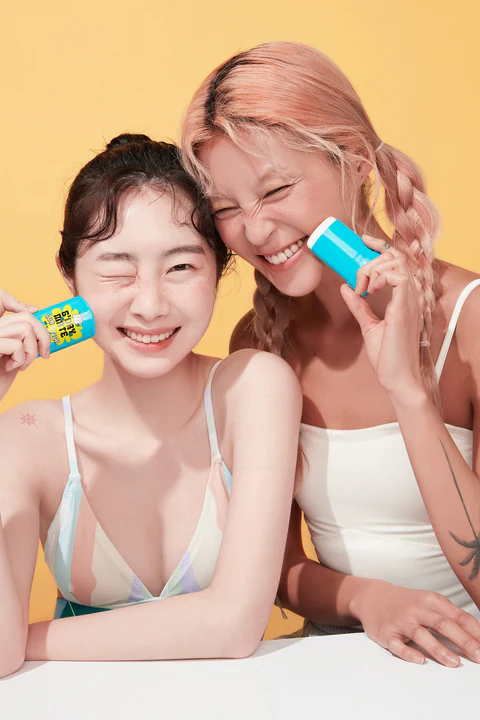Korean vs Western SPF
Sun protection: the final phase of a skincare routine. The sun’s UV rays can cause harm to your skin: burning, aging, cancer, you name it. The best way to protect your skin from this environmental harm is sunscreen products. Nowadays they come in many types, formulations, textures, and of course origins. Making the choice can be overwhelming with so many options on the market. Korean skincare has gained popularity in recent years for its innovative and effective products. Korean sunscreens, in particular, have become a favorite among beauty enthusiasts for their lightweight formulas and high SPF levels. But how do they compare to Western sunscreens? Let’s get into it.
Korean SPF: What Makes It Different?
SPF and PA
Sun Protection Factor (SPF) and Protection Grade of UVA (PA) are two important factors to consider when choosing sunscreen. SPF measures protection against UVB rays, which cause sunburns, while PA indicates protection against UVA rays, responsible for premature aging and skin cancer. Look for a sunscreen with high SPF and PA ratings to shield your skin from both types of harmful rays.
Korean sunscreens are formulated with high SPF and PA factors, to protect the skin from burning, aging, and tanning. Western sunscreens focus more on SPF filters but go a bit easier on the PA filters, as tanning is popular.
Our Sun protection: the ultimate guide provides you with all the in-depth information on sun protection: SPF, PA, the types of filters, and the ingredients.
Ingredients

One of the main differences between Korean and Western SPF is the ingredients that are used. Korean sunscreens often contain natural extracts such as aloe vera, green tea, rice, and Centella, which are known for their soothing and hydrating properties. These ingredients can help calm and nourish the skin while providing sun protection.
On the other hand, western sunscreens tend to have a higher concentration of chemical ingredients, such as avobenzone and oxybenzone, which can be harsh on sensitive skin. These ingredients effectively block UV rays and can make products more waterproof, but they can also cause irritation and breakouts for some individuals.
Acne-Fighting Properties
Korean sunscreens are also known for their acne-fighting properties. Many Korean brands offer sunscreens specifically formulated for acne-prone skin, with ingredients like tea tree extract and Centella Asiatica to help control breakouts. These sunscreens are 000+--often lightweight and non-comedogenic, meaning they won't clog pores and cause further breakouts.
In contrast, western sunscreens may not have specific formulas for acne-prone skin, and their heavier formulas can potentially clog pores and cause breakouts. Although there have been more options for breakout-prone skin in recent years, Korean skincare seems to slay the market in this area.
SPF and Makeup
Another difference between Korean and Western SPF is the compatibility with makeup. Korean sunscreens often have a lightweight, watery consistency that absorbs quickly into the skin, making them ideal for and sometimes are even formulated for layering under makeup. Lots of Korean base makeup, foundation, bb-cream, cc-cream, concealers, and powders, also have SPF, providing sun protection as a makeup product.
Western sunscreens, on the other hand, can be thicker and take longer to absorb, which sometimes makes them less suitable for use underneath makeup, without the use of an additional makeup primer.
Anti-Aging Benefits
Korean sunscreens are often also formulated with skincare benefits, making them a popular choice for those looking to slow down skin aging. Many Korean sunscreens contain ingredients like niacinamide, vitamin C, ginseng, and rice, which can help brighten and even out skin tone, as well as reduce the appearance of fine lines and wrinkles. On top of that, vitamin C also helps the SPF to work more efficiently.
SunsticksOne unique aspect of Korean sunscreens is sunsticks. These are solid sunscreen sticks that can be easily applied to the skin, making them convenient for on-the-go use. Sunsticks are also great for targeted applications, such as on the nose, ears, and other areas that are prone to sunburn. And some are even formulated to be suitable for reapplication on top of makeup. Western sunscreens typically do not offer sunsticks, and instead, come in traditional lotion or spray forms. |  |
Which One Is Better for Your Skin?
The answer to this question ultimately depends on your skin type and personal preferences. Both Korean and Western sunscreens have their unique benefits and drawbacks, so it's important to consider your skin's needs before making a decision.
If you have sensitive or acne-prone skin, Korean sunscreens may be a better option for you due to their use of natural ingredients and acne-fighting properties. If you have oily skin, you may prefer the lightweight formulas of Korean sunscreens. If you are looking for a product that is solely performing as a sunscreen without additional skincare ingredients, opt for Western sunscreen.
It's also important to consider your daily routine and makeup habits. If you wear makeup daily, a Korean sunscreen may be a better choice due to its compatibility with makeup. However, if you prefer a more traditional sunscreen formula, a Western sunscreen may be a better fit for you.
How to Choose the Right Sunscreen for You
When shopping for sunscreen, it's important to consider the following factors:
- SPF level: Look for a sunscreen with at least SPF 30 to ensure adequate protection from the sun's harmful rays.
- Ingredients: If you have sensitive or acne-prone skin, opt for sunscreen with natural ingredients and avoid harsh chemicals.
- Skin type: Consider your skin type and choose a sunscreen that is suitable for your specific needs.
- Daily routine: If you wear makeup daily, choose a sunscreen that is compatible with makeup and won't interfere with your routine.
- Personal preferences: Ultimately, the best sunscreen for you is one that you enjoy using and fits seamlessly into your daily routine.
Need help with finding your perfect sunscreen? try our spf quiz to help you out.
In Conclusion
Both Korean and Western sunscreens have their unique benefits and drawbacks, and the best one for you will depend on your skin type and personal preferences. Ultimately, the most important factor is finding a sunscreen that you enjoy using and will consistently apply to protect your skin from the sun's harmful rays.
Remember, sun protection isn't just for beach days – UV rays are present year-round, so make sunscreen a daily habit. Additionally, seek shade, wear protective clothing, and wear sunglasses to safeguard your eyes. With the right sunscreen and sun safety practices, you can enjoy the sunshine while keeping your skin healthy and radiant.







 Trending
Trending
 LW Blog
LW Blog









